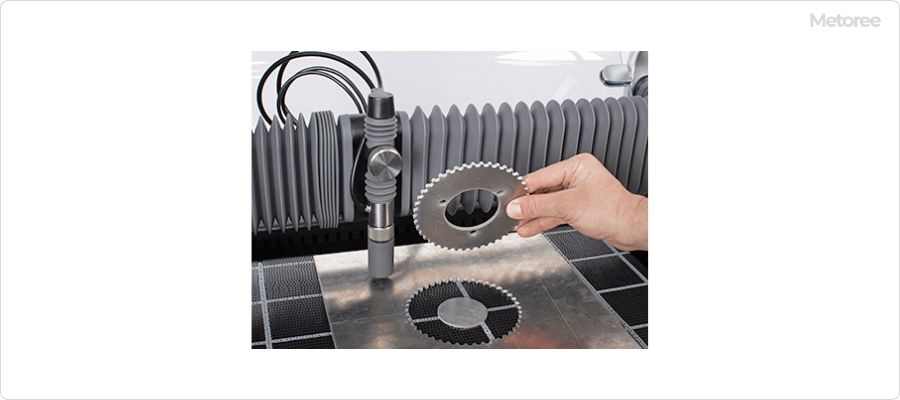What Is a Water Jet Cutter?

A water jet cutter, also known as a water jet or waterjet, is a tool that utilizes high-pressure water streams to cut various materials. Some water jet cutters also mix abrasives with water to cut harder substances.
Principles of Water Jet Cutters
Water jet cutters operate by ejecting high-pressure water through a specialized nozzle to cut materials. This process involves pressurizing water with a high-pressure pump and can optionally mix abrasives for enhanced cutting power.
Materials Processable with Water Jet Cutters
Water jet cutters are versatile, capable of processing materials including:
- Metal: Stainless steel, aluminum, copper, brass, iron, titanium.
- Plastic: Acrylic, polycarbonate, Teflon, nylon, PET.
- Composite Materials: Carbon fiber, fiberglass, sandwich structures.
- Stone: Tile, marble, granite, limestone, travertine, sandstone.
- Glass, rubber, and foam.
Uses of Water Jet Cutter
Water jet cutters are used for cutting, drilling, and machining.
Advantages of Water Jet Cutter
Water jet cutters offer benefits such as:
- Cutting a variety of materials.
- Minimal thermal impact, reducing distortion and property changes.
- Effectiveness in cutting composite materials.
How to Choose a Water Jet Cutter
When selecting a water jet cutter, consider:
- Large Water Jet Cutter: Ideal for high productivity, precision, diagonal cutting, and cutting hard materials without abrasives.
- Small Water Jet Cutter: Suitable for limited budgets, small-batch processing, space-saving installations, and use in labs or educational settings.
How to Use a Water Jet Cutter
Using a water jet cutter typically involves:
- Placing the material on the cutting table.
- Designing the cutting shape with CAD software and generating processing data.
- Sending the data to the water jet cutter.
- Setting cutting conditions and starting the process.
Considerations When Introducing a Water Jet Cutter
Before introducing a water jet cutter, consider:
- Installation location with water-resistant flooring and adequate ventilation.
- Water supply and drainage requirements.
- Space for the machine, working area, and material storage.